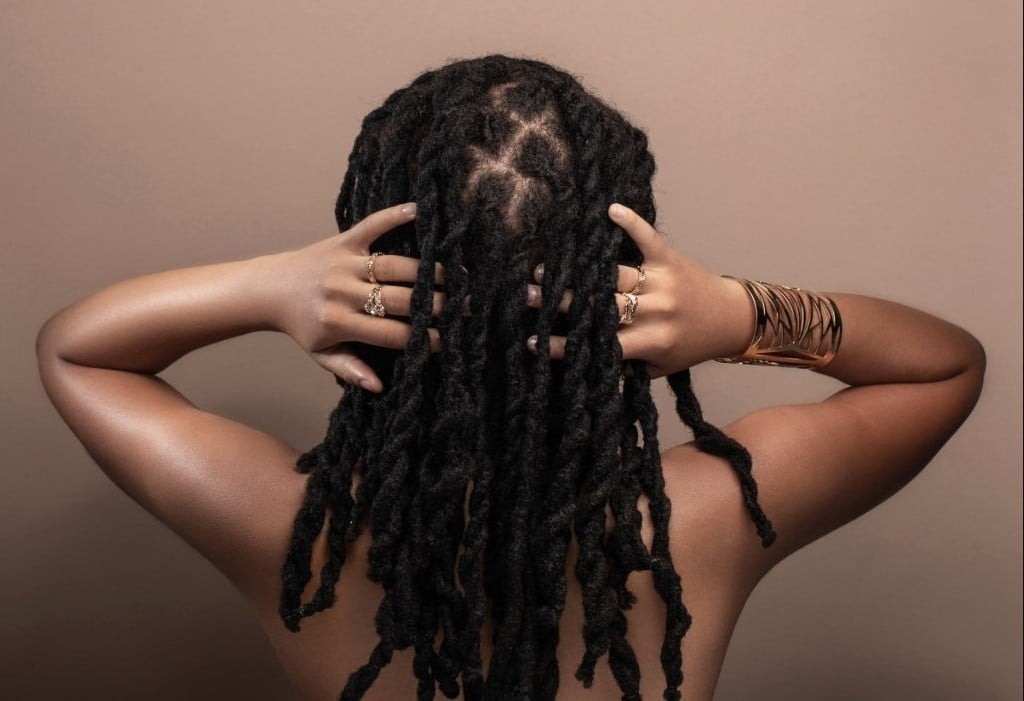
Locs, also known as dreadlocks, are a popular hairstyle worn by both men and women with natural hair. This hairstyle involves putting the hair in sections and mating or knotting it together to create a look that resembles a rope. While this is a low-maintenance style, locs still require regular care and maintenance to look great and last longer. In this article, you will learn everything you need to know about maintaining and caring for your locs.

Understanding the Five Phases of Locs Growth
As your locs journey progresses, it goes through different phases that determine its look and feel. Understanding these phases is important to help you know what to expect and how to care for your locs. The five different phases of locs growth include:
- The Starter Phase (3 to 6 months): At this stage, your locs are small in size and neat, and the parting lines are clean and clear.
- The Budding Phase (6 to 12 months): Your locs start to have a thick, puffy look, and the parting lines become less visible. At this phase, you may need to re-twist your locs to maintain the original lines. Also, clean your hair and scalp weekly to avoid build-ups or bumps.
- The Teen Phase (12 to 18 months): This phase is also known as the locking stage, and it’s when your locs begin to take their true form. They may look puffier, and you can style them with hair accessories. However, you could also be frustrated with the appearance of your locs, but it’s only a matter of time before they start to look their true form.
- The Maturity Phase (15 to 18 months): At this phase, your locs have grown longer, firm, and taken a good shape. They don’t require re-twisting anymore, but it’s important to mention that the length of your locs depends on how well you take care of them.
- The Rooted Phase (18 to 21 months): This is the adult phase, and your locs would have grown all out in equal length and will feel heavier. You may choose to leave them to grow to waist length or trim them to whatever length you desire.
The Difference Between Locs and Dreadlocks
Locs and dreadlocks are both used interchangeably, but there’s a difference between the two. The Rastafarians, a Jamaican religious and political group, who are known for wearing long locs, call their locs “dreadlocks.” According to them, the difference between locs and dreadlocks is that locs is a hairstyle and dreadlocks is a lifestyle. Rastafarians use the word “dread” to separate themselves from others in the society.
Do Locs Cause Natural Hair Breakage?
Yes, for some naturals, locs can lead to hair breakage, hair loss, or even baldness. If your locs begin to thin out or shed in huge chunks, then it’s time to visit a hair consultant to help you deal with the problem.
Will Locs Grow out Your Hair?
When your hair is in locs, it will experience its normal growth. However, instead of your hair growing out straight, it will weave through the locs, thus causing the locs to grow longer.
How Long do Locs Last?
This depends on how well you take care of them. You can leave your locs in for as long as you want, but the older locs get, the rougher and “dirtier” they look. Regular care and maintenance can help them look neat and presentable.
ALSO READ: 30 Half Fulani Tribal Braids Half Knotless Braids Hairstyles
What Is The Difference Between Fulani And Tribal Braids?
How to Care for Your Locs
Caring for your locs is essential to maintaining their health and longevity. Here are some tips to help you care for your locs:
Shampoo Regularly
Regular shampooing is essential to keeping your locs clean and healthy. However, be careful not to use shampoos that contain harsh chemicals or sulfates, as these can strip your hair of its natural oils and cause damage.
Use Conditioner
Using a conditioner is also essential to keeping your locs healthy. Conditioner helps to moisturize your hair and keep it soft and supple. Look for a conditioner that is specifically designed for locs, as these will contain the right ingredients to keep your hair healthy.
Avoid Over-Manipulation
Over-manipulation can cause damage to your locs, so it’s important to avoid excessive twisting or styling. When you do style your locs, be gentle and use a light touch to prevent breakage.
Protect Your Locs at Night
Protecting your locs at night is essential to preventing breakage and maintaining their shape. Consider sleeping with a satin or silk bonnet or using a silk pillowcase to reduce friction and prevent damage.
Avoid Using Heat
Using heat on your locs can cause damage and weaken the hair. Avoid using hot tools like flat irons and curling wands, and instead, embrace your natural texture.
Keep Your Locs Moisturized
Moisturizing your locs is essential to keeping them healthy and preventing breakage. Look for products that are specifically designed for locs, as these will contain the right ingredients to keep your hair moisturized.
How to Maintain Your Locs
Maintaining your locs is essential to keeping them healthy and looking their best. Here are some tips to help you maintain your locs:
Retwist Regularly
Retwisting your locs is essential to maintaining their shape and preventing breakage. Consider retwisting your locs every four to six weeks to keep them looking their best.
Use Oils
Using oils on your locs can help to keep them moisturized and prevent breakage. Look for natural oils like coconut oil or olive oil, and apply them to your locs regularly.
Keep Your Scalp Clean
Keeping your scalp clean is essential to preventing buildup and maintaining the health of your locs. Consider using a scalp cleaner or an apple cider vinegar rinse to keep your scalp clean and healthy.
Conclusion
Caring for and maintaining your locs is essential to keeping them healthy and looking their best.
By following these tips and taking the time to care for your locs, you can ensure that your hair stays healthy and strong. With proper care and maintenance, your locs will continue to look beautiful and radiant for years to come.
We hope that you found this guide to be helpful and informative. If you have any additional questions or concerns about caring for your locs, please feel free to reach out to us. Our team of experts is always here to help you with your hair care needs. Thank you for reading, and we wish you all the best on your hair care journey!
SOURCES:
Nia Soule Salon
https://www.niasoulesalon.com/price-list
Byrdie. The Fascinating History of Braids You Never Knew About.
https://www.byrdie.com/history-of-braids
Amplify Africa. The Rich History of Braids.
https://www.amplifyafrica.org/post/the-rich-history-of-braids
Paforfashion: Knotless Braids 2023: 18 New Looks:
You May Also Like:
· How to dress to hide belly fat 2023
· How Big Is A C Cup Bra? Sizes & Measurements







3 thoughts on “How to Maintain and Care for Your Locs: Everything You Need to Know”